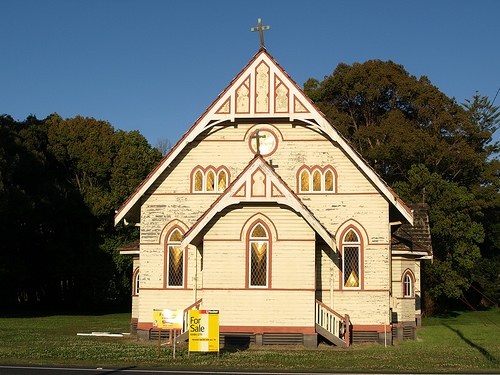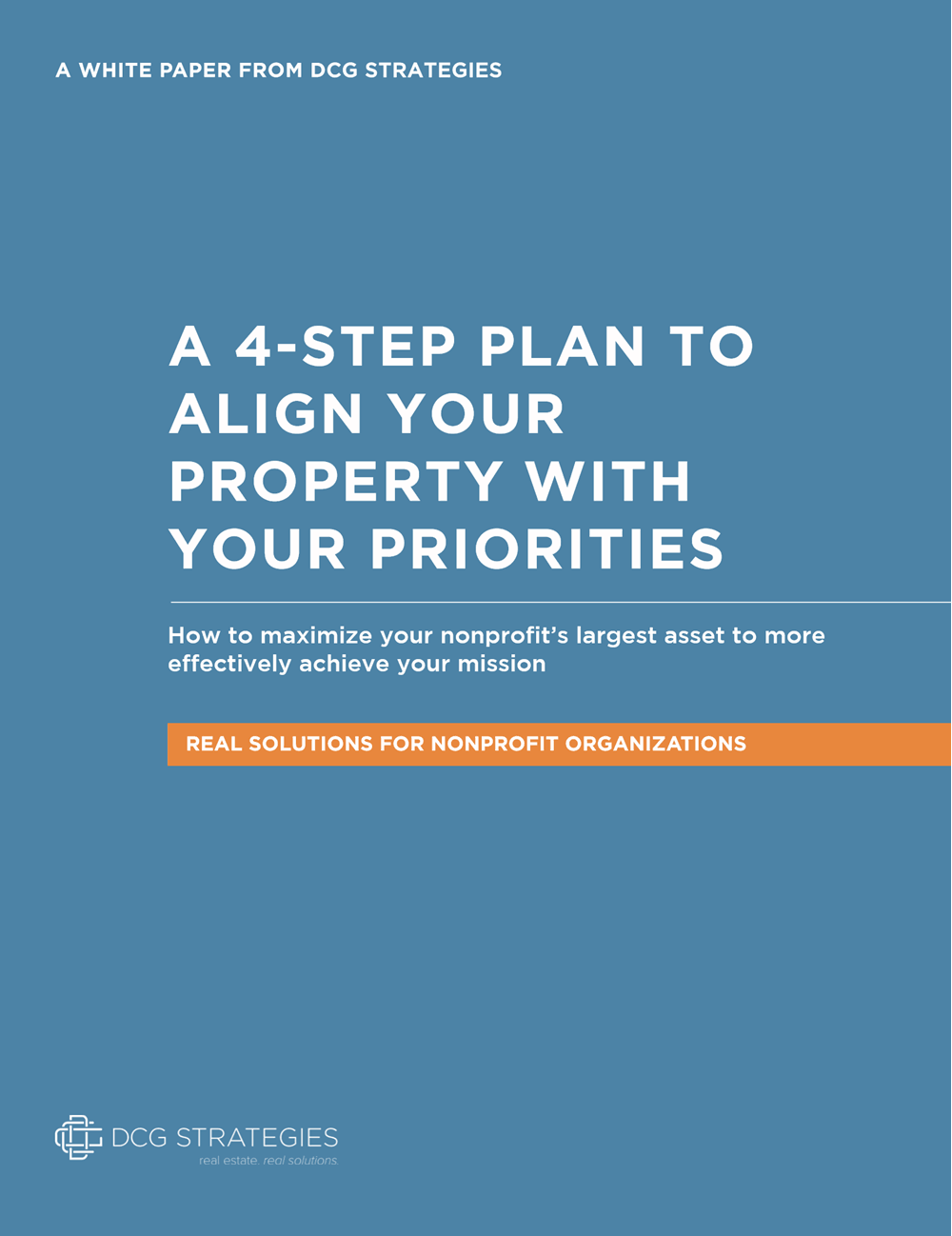
We’ve just heard two different stories about congregations that planted churches. The aptly named Church of the Open Door recently started a new church in Vermilion, Ohio. When the congregation went looking for buildings this past summer, an opportunity to buy a former school administrative office seemed to fall from heaven. About 70 families are pleased to report that they’ll no longer have to drive 20 minutes to their main campus in the next town for Sunday services. By all accounts, their church planting is going well. So far, so good.
Now for a sadder story: Fourteen years ago, a church was planted in Arlington, Texas. The pastor and a few like-minded people founded the church and, as so many new congregations do, were meeting in a home. At first, their success seemed miraculous. Membership soared from 16 original members to more than 3,000. They grew to worship in a 423,000-square-foot building on a 107-acre campus. Earlier this year, however, the church abruptly handed back the keys to the credit union, defaulting on a $31.5 million loan. The church had to give back everything, including the fixtures.
Two Church Plantings, Two Messages
We picked these two stories because they make different points about church planting. First, the good news: Congregations are planting new churches and missions that become lasting community success stories all over the country. But the sadder story tells us that this work is hard and risky, just like any business.
Stories abound about churches closing their doors with declining attendance. The success rates of newly planted churches can be as discouraging as the prospects of opening a new restaurant. The most-often quoted statistics put the failure rate of church plantings as high as 80 percent. Other studies suggest the four-year survival rate is much higher. Whatever survey you choose to believe, at least a third of new churches fail within five years, even under the most optimistic forecasts.
Planning Is Key to Successful Church Planting
Much ink has been spilled about the right way to do church plantings. Those who have pulled off successful ones often repeat this piece of advice: The success of a new church usually depends on planning. This includes everything from defining the ministerial mission that will make the new church special and different from other churches around it, to putting together a team that will lead the new church. As planning for a church plant relates to finding and buying real estate, we’d like to offer three pieces of advice:
Understand the costs: Getting a church started will almost always cost more money than the congregation believes it will. Aside from closing fees, environmental testing, renovations, and the cost of the property and building, at a minimum the new church likely will need to buy office furniture, lighting, sound systems, and build a stage. All of this needs to be planned into a budget. In the story that began this article, the church raised $175,000 and closed on the school property for $75,000, leaving it a hefty balance to keep the branch going in its infancy. This was a wise move.
Find the right location: Another essential first step is finding the right place to plant a church. You don’t want to open a church across the street from its carbon copy. The congregation also has to consider the cost of buying property in certain neighborhoods versus others. It helps to keep an open mind for this step. Churches are often planted in former schools and theaters, both of which tend to be centrally located and have spacious meeting areas and parking. A rule of thumb is that you don’t want to make it hard for people to go to church.
Do a reality check: A congregation needs to set realistic goals. We understand that nobody can see the future, but church leaders can define whether they want to remain an intimate group or become a mega-church. Churches with different models and visions can have radically different needs. The congregation should also be conservative in guessing future attendance and revenues. In a five year study of more than 2,000 church plants, the American Mission Board found that nearly 80 percent of the churches that failed started with unrealistic expectations.
Church Planting with Eyes Wide Open
Most people want to hear happy stories about churches creating long-lasting institutions. However, the sad stories are valuable, too. They teach us that planting a church is partly hard-nosed business. Even congregations with plans for modest-sized churches must take on this effort with eyes wide open. They should approach their brave venture in planting a church with the understanding that, like with any business, it requires the right planning in order to create success.
If your congregation is planning to plant a church or new mission, you don’t have to go it alone. You can get a thorough analysis to help you expand or start a new church from a consultant whose community values align with your own. Contact DCG Real Estate today to learn more.





